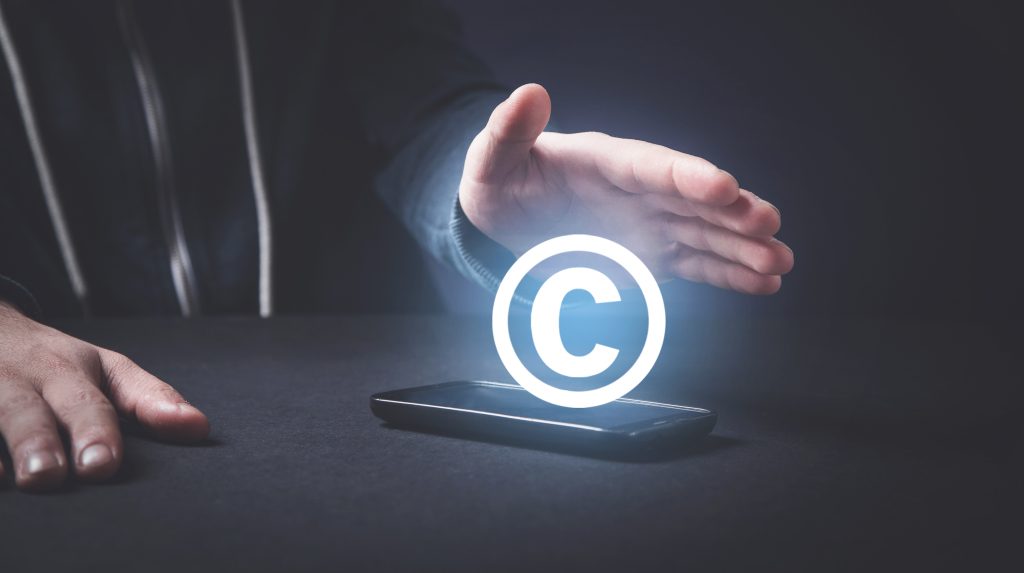Protecting Your Ideas: IP in Texas
Darin M. Klemchuk is the founder of Klemchuk PLLC, a leading intellectual property law firm focusing on litigation, anti-counterfeiting, trademarks, patents, and business law. He helps clients protect innovation and increase market share through investments in IP. Darin focuses his practice on IP and commercial litigation, intellectual property law strategy, and anti-counterfeiting programs. He is an entrepreneur at heart and has a passion for helping businesses solve problems and keeping (or gaining) their competitive advantage.
Intellectual Property Infringement Matters and Disputes – An Interview with Darin M. Klemchuk
Can you tell us what intellectual property (IP) litigation covers, what type of intellectual property infringement matters and disputes you handle, where your clients are from and what sectors they operate in?
The “big five” of intellectual property law are patents, trademarks, copyright, trade secrets, and domain name registrations. IP law also covers rights of publicity, trade dress, telephone numbers, and other rights. Our firm provides full-service intellectual property counseling. I personally lead the IP litigation and anti-counterfeiting teams and provide strategic advice for patent, trademark, and other forms of IP protection.
Our typical client is a mid-market company with a general counsel that needs IP assistance. We also represent large companies and small-growing companies with disruptive technologies or business models. Our client base spans all sectors with a concentration on software, consumer products, retail, luxury brands, family offices/private equity, restaurants, and technology.
What are the common hurdles artists and creators face when protecting their IP?
Often, artists, creators, and start-up founders face the challenges of needing to invest in intellectual property law assets at an early stage before they have resources. This can result in the loss of rights.
Does IP infringement always give rise to criminal liability?
No. Criminal liability generally arises when law enforcement becomes interested in an infringement operation. This most likely occurs in importation and trafficking of counterfeit goods, particularly products and services that could affect public safety or health. Law enforcement’s seizure of counterfeit goods can pose challenges for civil litigation (e.g., the evidence is in possession of law enforcement).
What are the key differences in federal vs state courts intellectual property litigation?
Patents and copyrights are exclusively federal rights, so those cases can only be filed in federal court. There is concurrent jurisdiction between the federal Lanham Act and state trademark and unfair competition laws, allowing cases to be filed in state or federal court. Trade secrets are protected by both the federal Defend Trade Secrets Act and state law.
Other forms of IP, such as misappropriation and rights of publicity, are creatures of state law. And certain issues like contract law surrounding a patent or copyright assignment can still be determined by state law.
So, the answer to the question is that it depends on the form of IP as well as the state. For example, in Texas, the test for the likelihood of confusion in a trademark infringement case is the same under state law as under the Lanham Act. But under Texas law, a plaintiff can recover exemplary damages, which are not available under the Lanham Act. So many plaintiffs will file trademark infringement cases in federal court pleading the Lanham Act and state law equivalent claims to take advantage of punitive damages. The Lanham Act allows for treble damages in exceptional cases as well as recovery of attorney’s fees, which are generally not available in Texas.
Another consideration is the procedural aspects of the forum. Federal courts tend to move slower and rely on the written pleadings. In Texas state court, decisions are typically made at a hearing. If you are going to seek a temporary restraining order or ex parte relief, a state court may provide a quicker chance for that relief.

What remedies are available to redress IP infringement?
Generally, plaintiffs seek some form of monetary relief as well as injunctive relief. Monetary relief can come in the form of actual damages, the infringer’s profits, reasonable royalty, statutory damages, treble damages, and exemplary damages.
Awards of attorney’s fees and costs are also routinely seen. Plaintiffs will also seek injunctive relief to prohibit further irreparable harm. In IP law cases, equitable relief can take many forms such as corrective advertising, collection and destruction of infringing articles, and an accounting of sales and profits. Each type of IP tends to gravitate toward certain types of remedies. In patent cases, the patent owner usually chooses a reasonable royalty over lost profits as the monetary relief. It likely will argue willful infringement and an exceptional case entitling it to up to three times damages plus an award of attorney’s fees and costs. A request for a permanent injunction is usually included.
For certain kinds of competitor trademark infringement cases, the whole matter can be determined at the preliminary injunction stage, where if the plaintiff obtains the injunction, the case is likely over. If the plaintiff loses the injunction hearing, the case may also be over.
Anti-counterfeiting or enforcement cases involving trademarks and copyrights often involve statutory damages where the plaintiff is not required to prove actual harm to recover damages. Where there is willful infringement or counterfeiting, the statutory damages can be substantial, such as $250,000 per work in copyright cases.
Recently, Samsung Electronics Co. Ltd failed to win an early exit from an upcoming patent infringement trial over virtual assistant-enabled smartphones and earphones that respond to spoken commands, according to a Texas federal court order. What’s the future of intellectual property in the era of AI?
When it comes to AI, I think it is very difficult to predict. We already have some early rulings that AI cannot be considered an “author” for a copyright or an “inventor” of a patent. The vast potential for AI will create many challenges, and, as we have seen with the Internet and other forms of emergent technology, the law tends to lag significantly.
For IP owners, protecting intellectual property is essential. What does an effective IP strategy consist of?
An effective IP strategy is similar to building a castle in the Middle Ages where different forms of IP are deployed to keep competitors out of the castle (moat, drawbridge, castle wall, tower, etc.). As an exclusionary right, IP is an extremely effective tool to grab and maintain market share by staking out exclusivity. For example, a start-up business entering the market with a valuable solution to a difficult problem will likely be wiped out by better-funded competitors unless it can obtain the protective power of IP. The same start-up that has obtained patent protection on the key features to its solution will have a 20-year, limited monopoly on those features. This provides it with options – maintain a monopoly on that feature in the market, license its patent to others to generate revenue, sell the patent, or place the patent on its balance sheet to increase its value later when it’s acquired.
In my article, Importance of Intellectual Property Rights: Increasing Market Share Through Stopping Knockoffs and Infringements, I provide a step-by-step strategy for deploying IP rights.
Darin M. Klemchuk
214.367.6000 tel
214.367.6001 fax
darin.klemchuk@klemchuk.com
Published by: www.lawyer-monthly.com




